Practicum 3
1/125
There's no tags or description
Looks like no tags are added yet.
Name | Mastery | Learn | Test | Matching | Spaced |
|---|
No study sessions yet.
126 Terms
occipital bone

foramen magnum
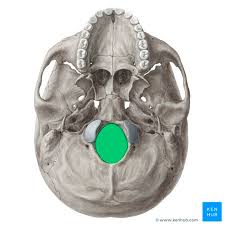
parietal bones (L/R)
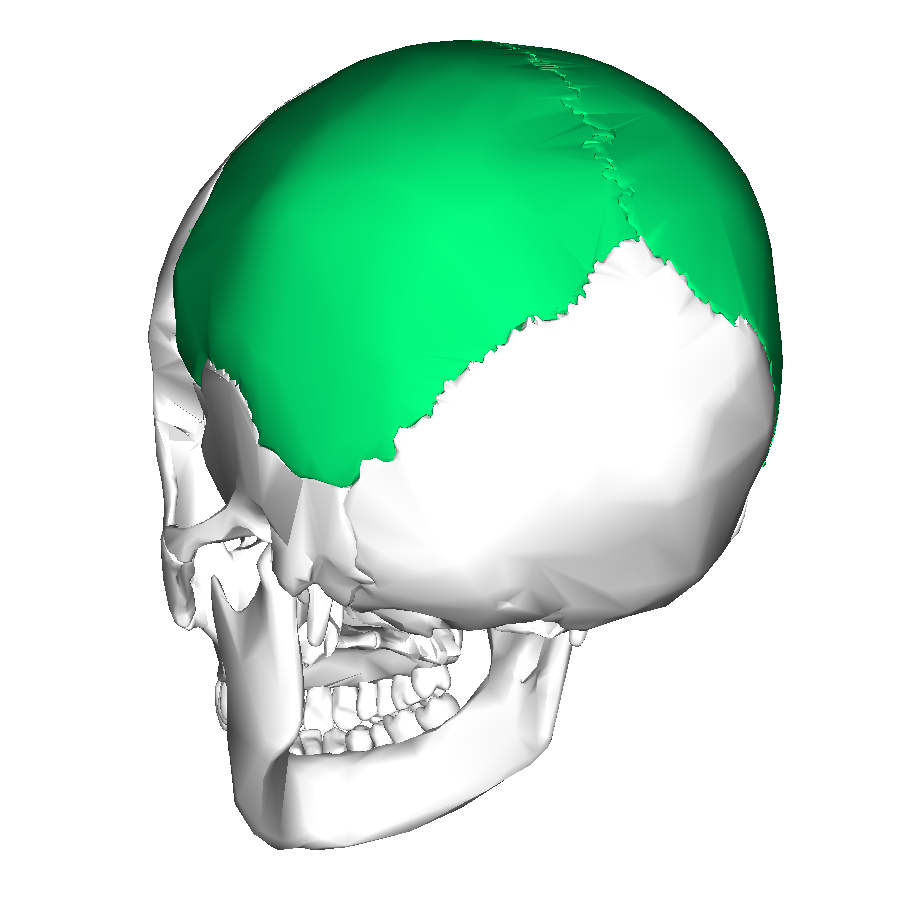
frontal bones
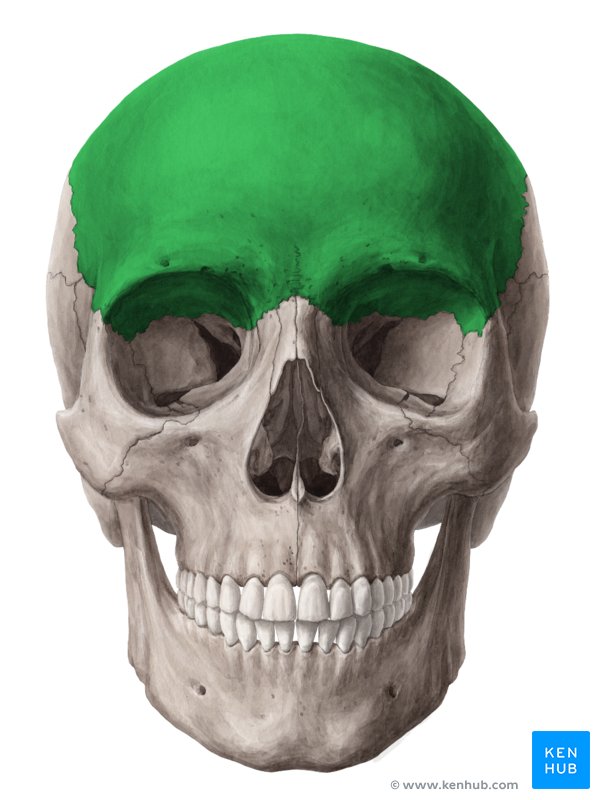
temporal bones (L/R)
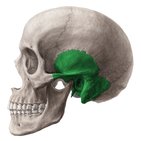
mastoid process
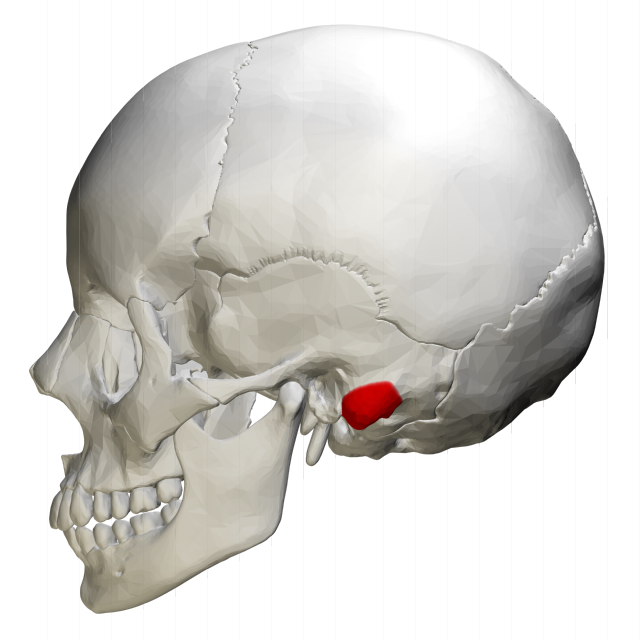
external acoustic meatus
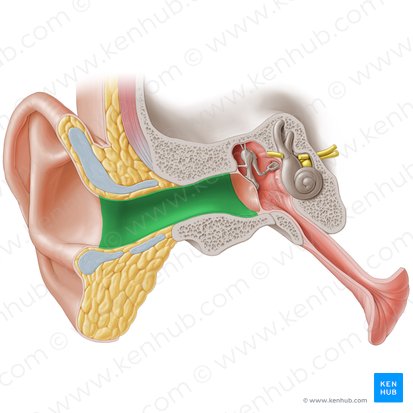
zygomatic process

sphenoid bone
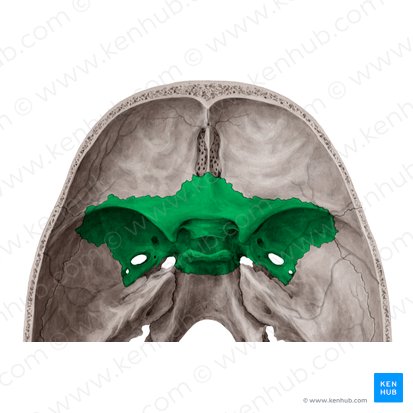
sella turcica
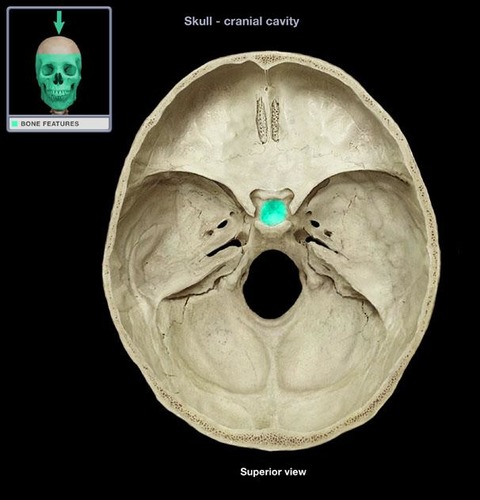
ethmoid bone
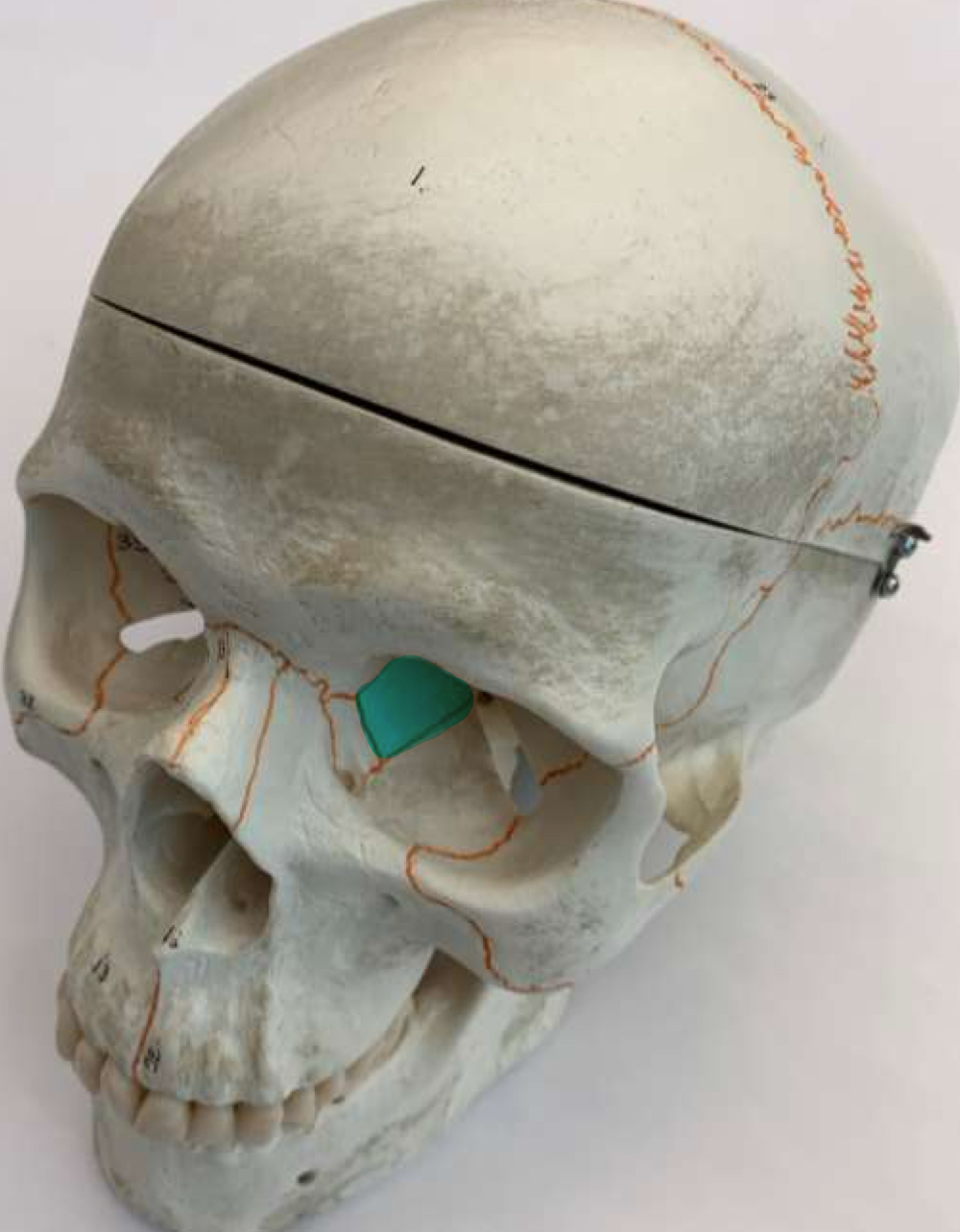
crista galli
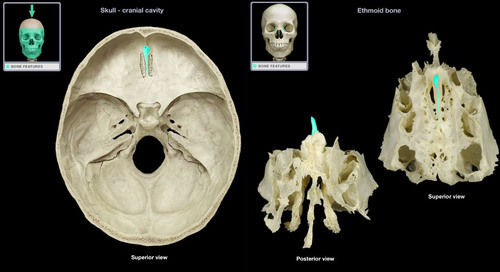
cribriform plate
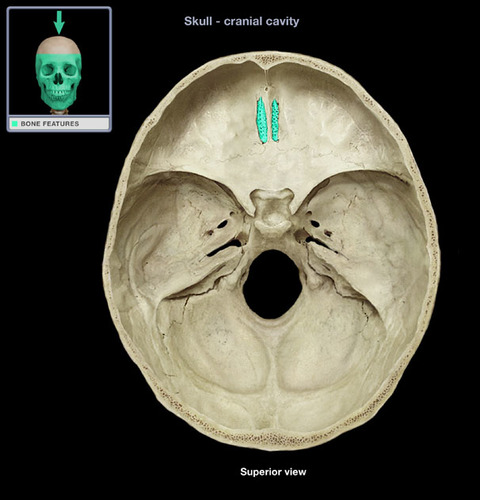
perpendicular plate
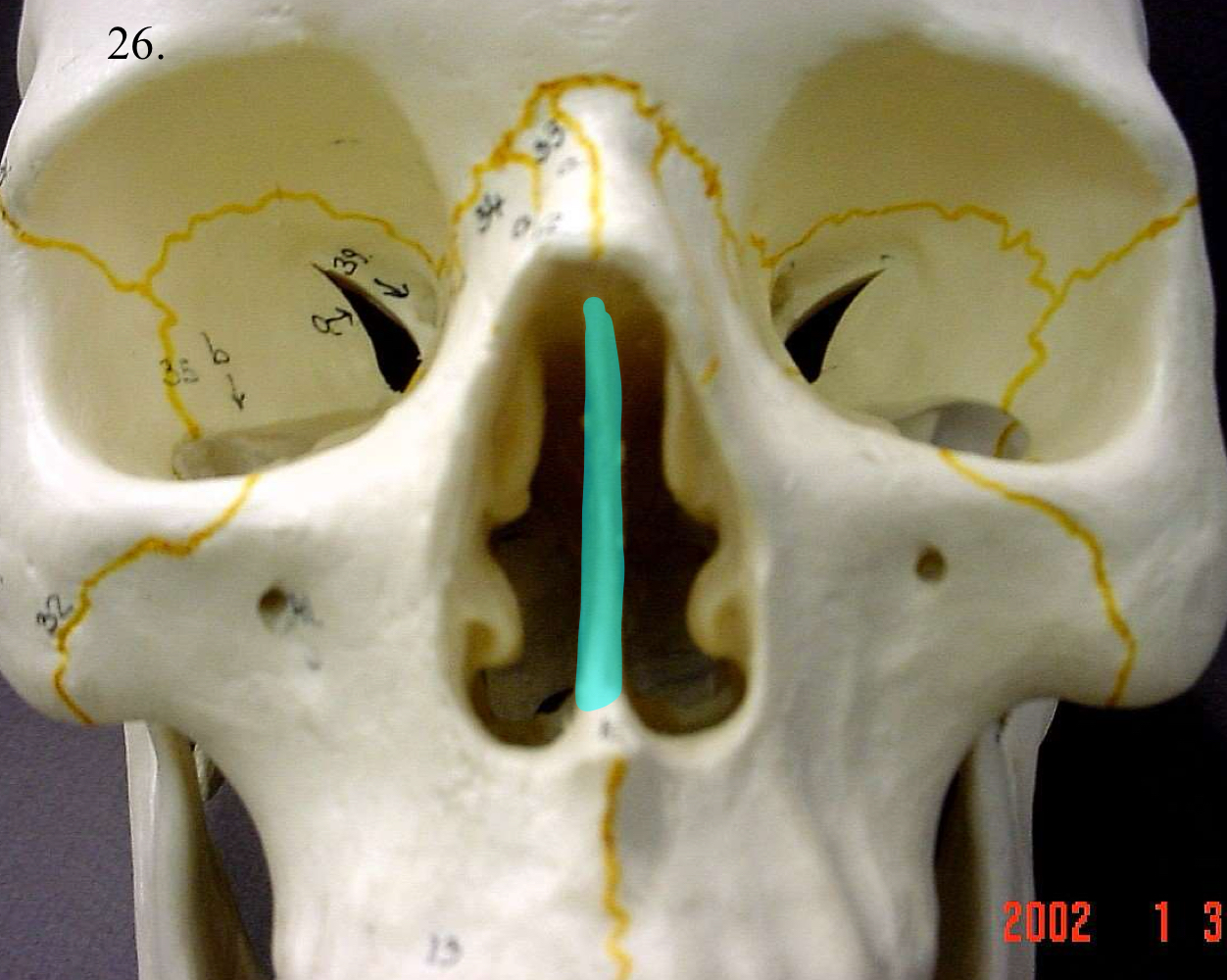
nasal conchae middle
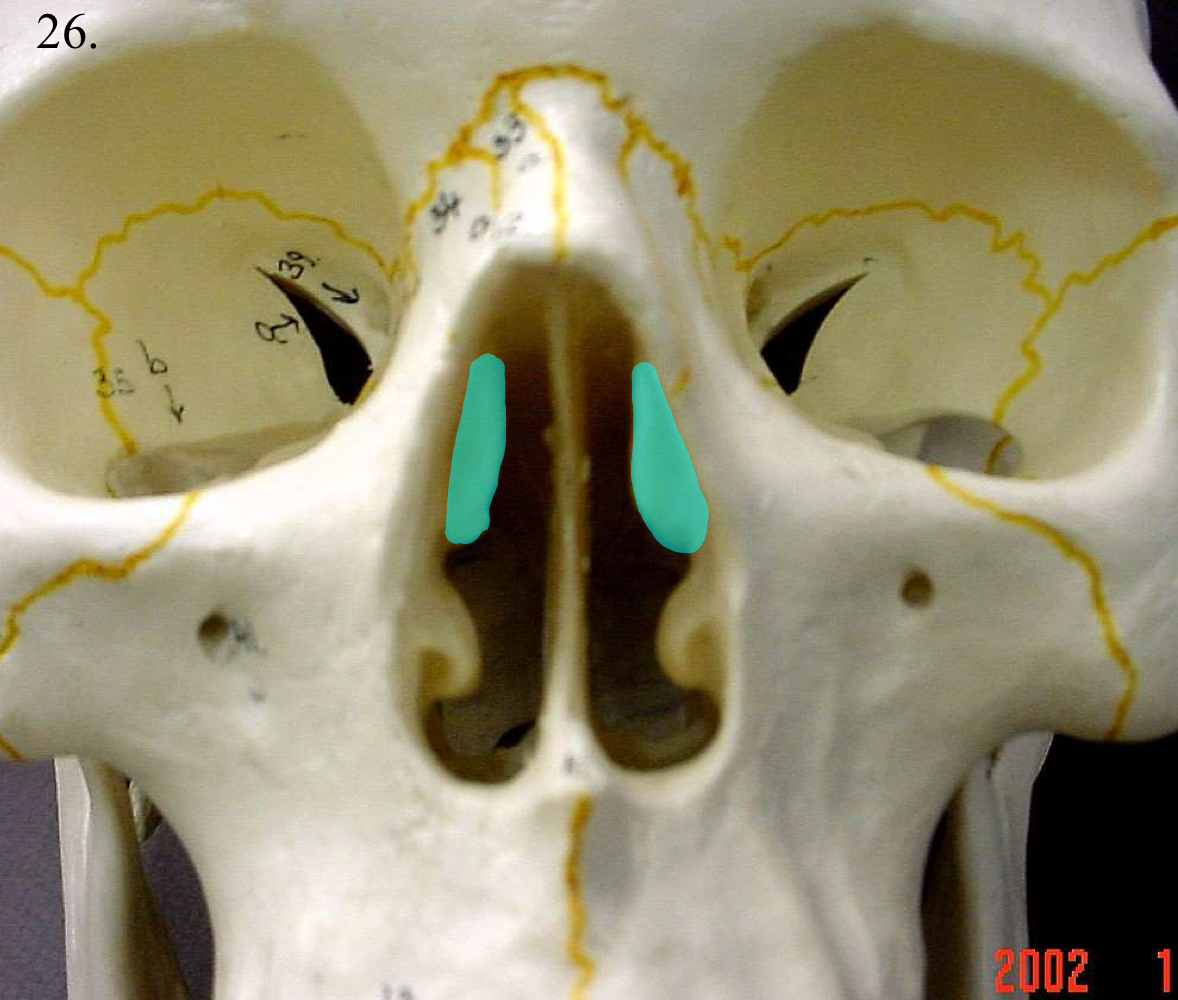
coronal suture
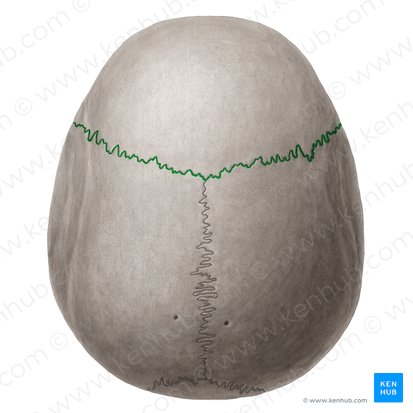
lambdoidal suture
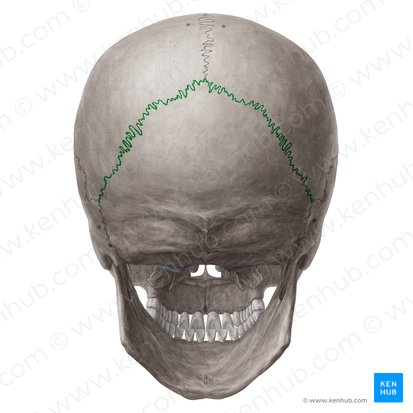
sagittal suture
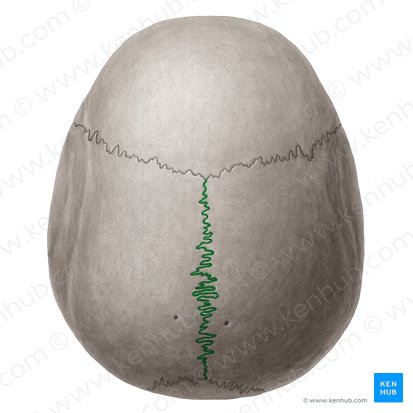
squamous suture
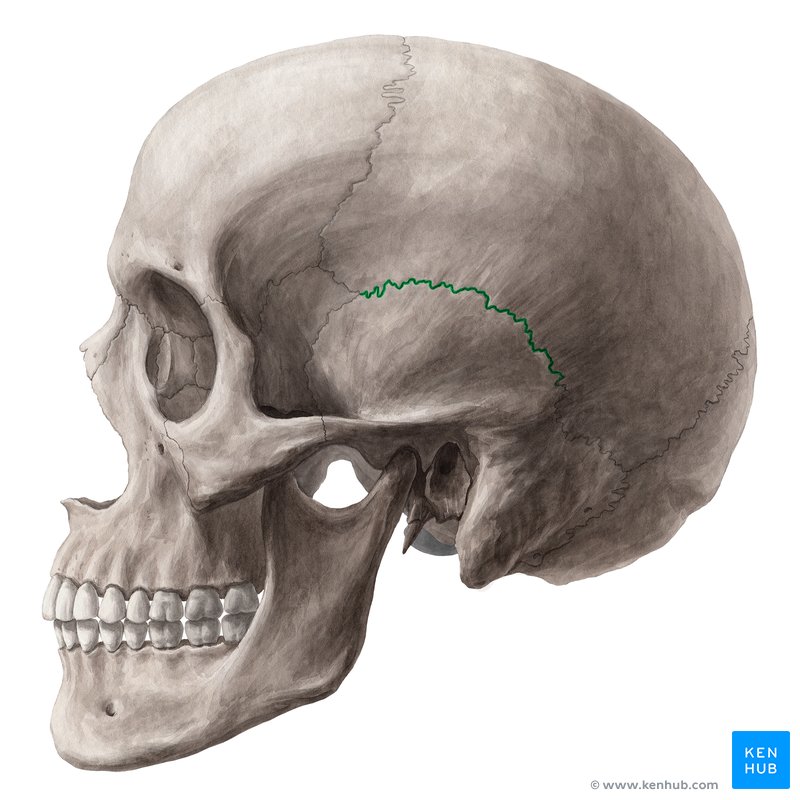
mandible (jaw)

condylar process
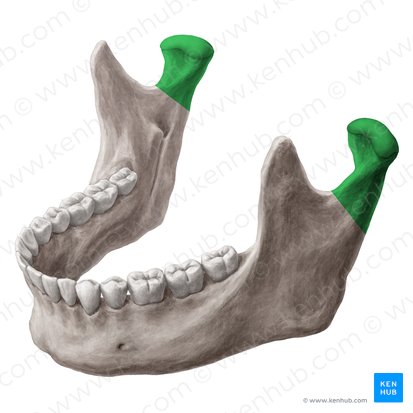
mental foramen
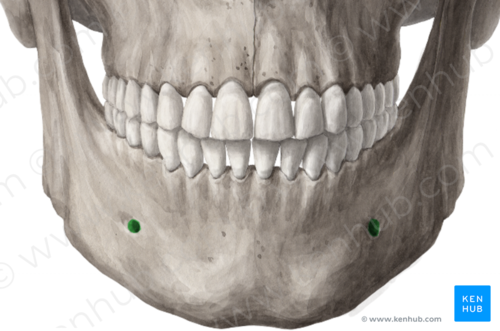
maxillae (L/R)
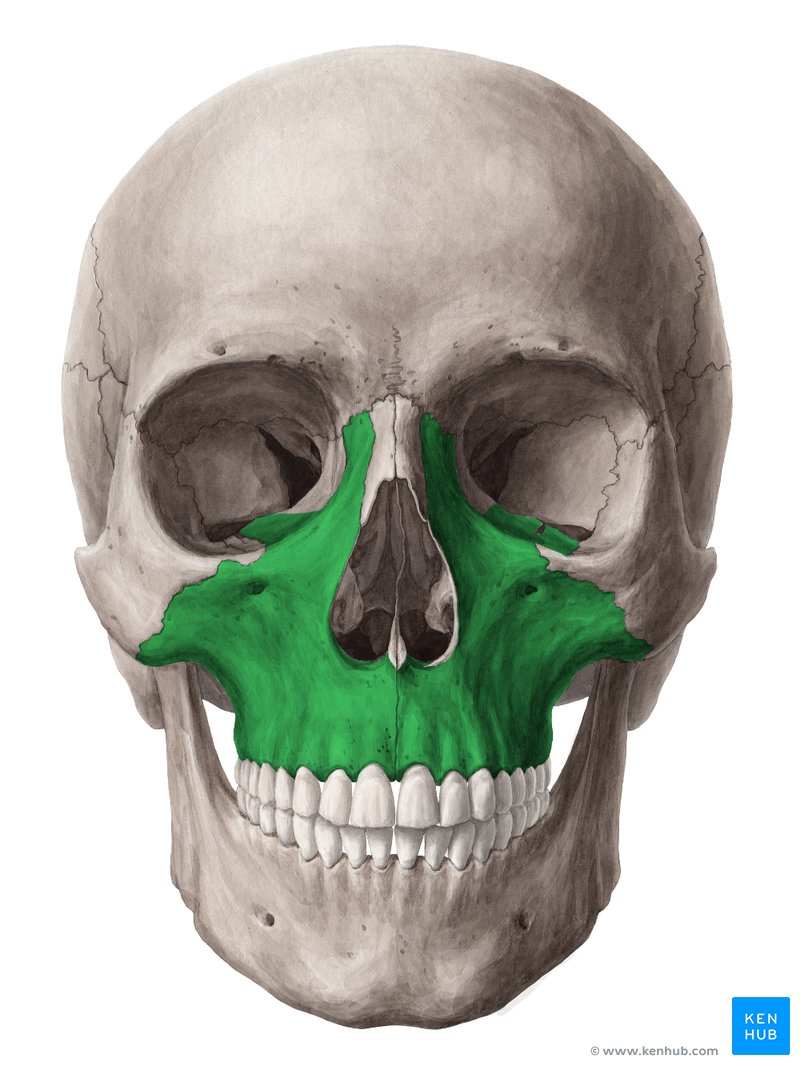
palatine bones (L/R)
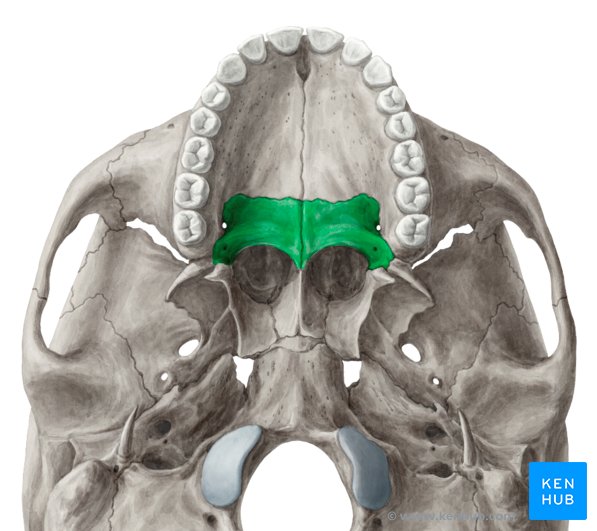
nasal bones (L/R)
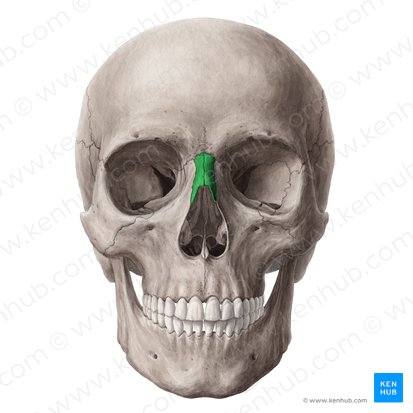
zygomatic bones (L/R)
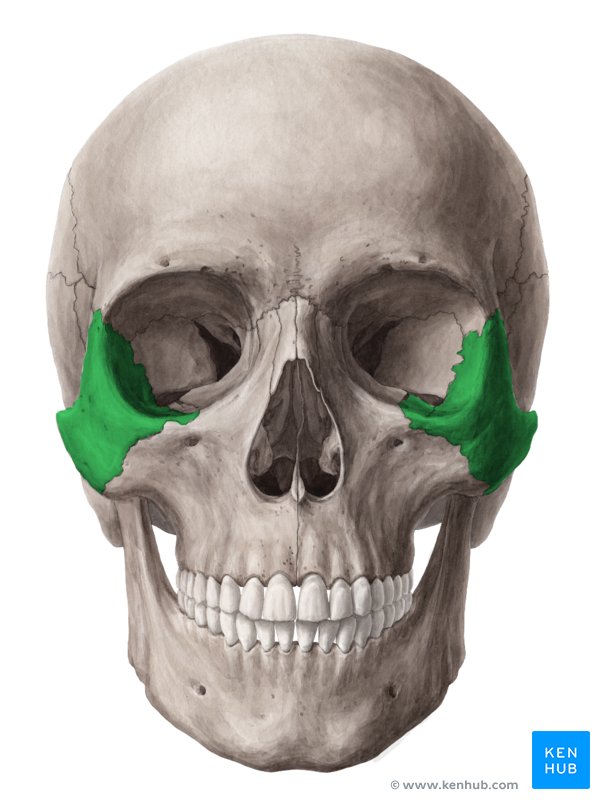
temporal process
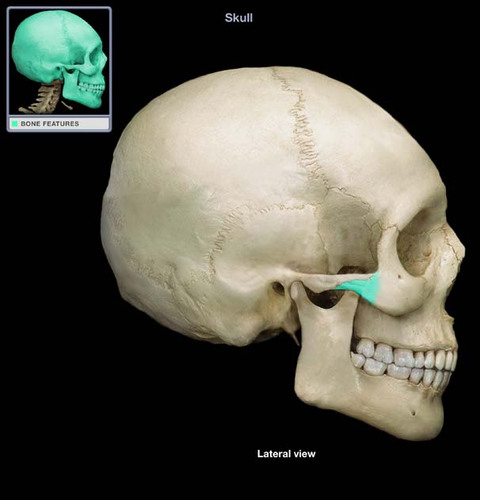
lacrimal bones (L/R)
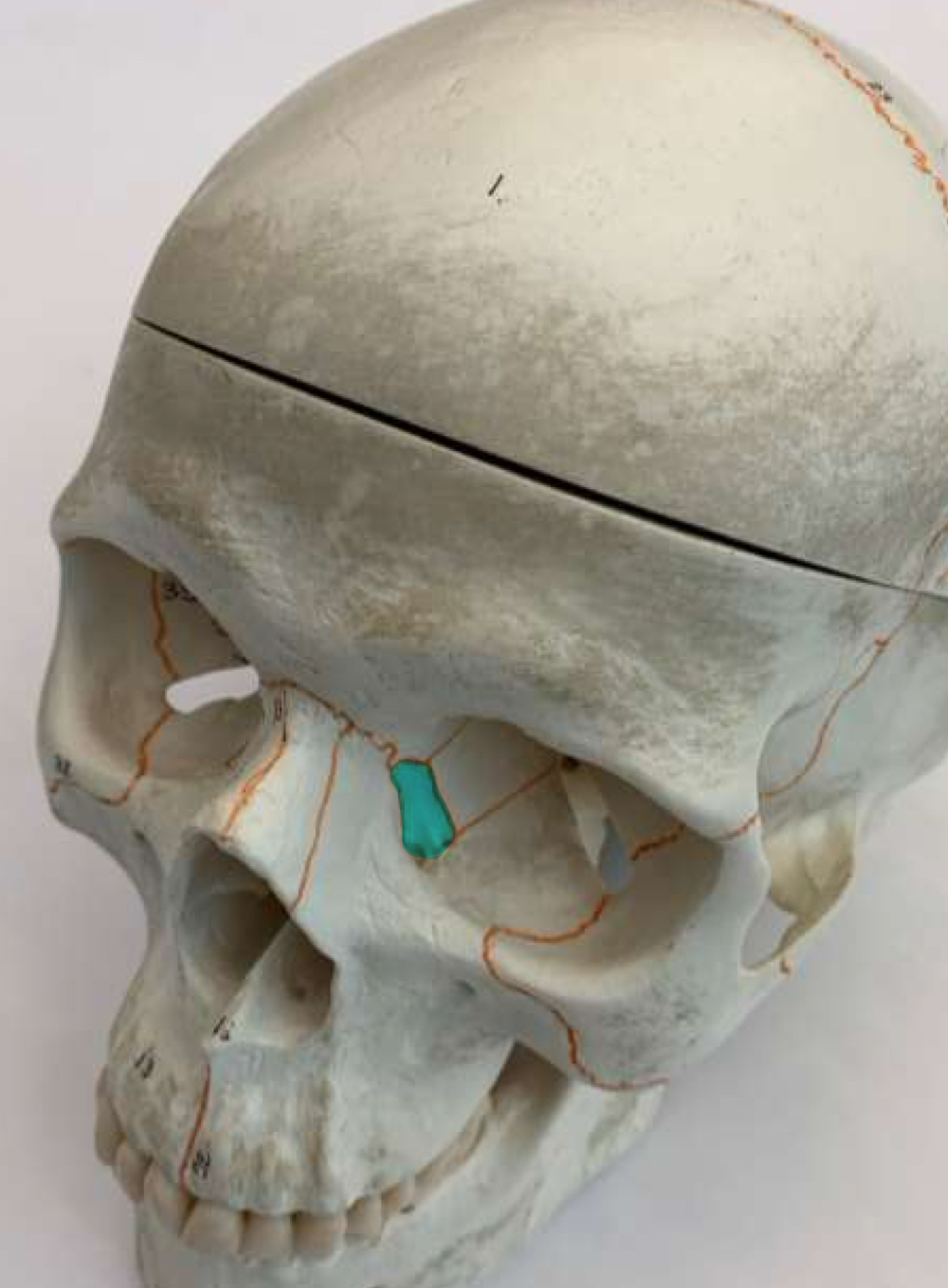
vomer
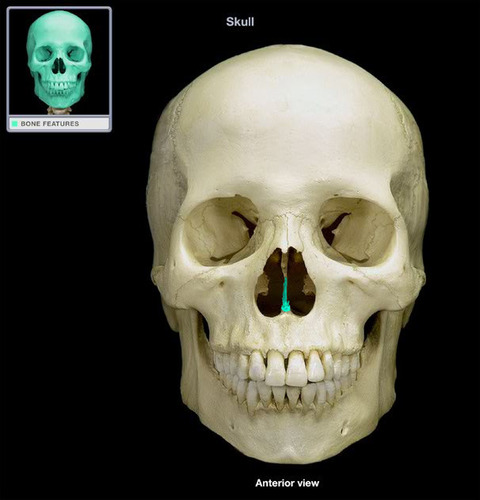
inferior nasal conchae
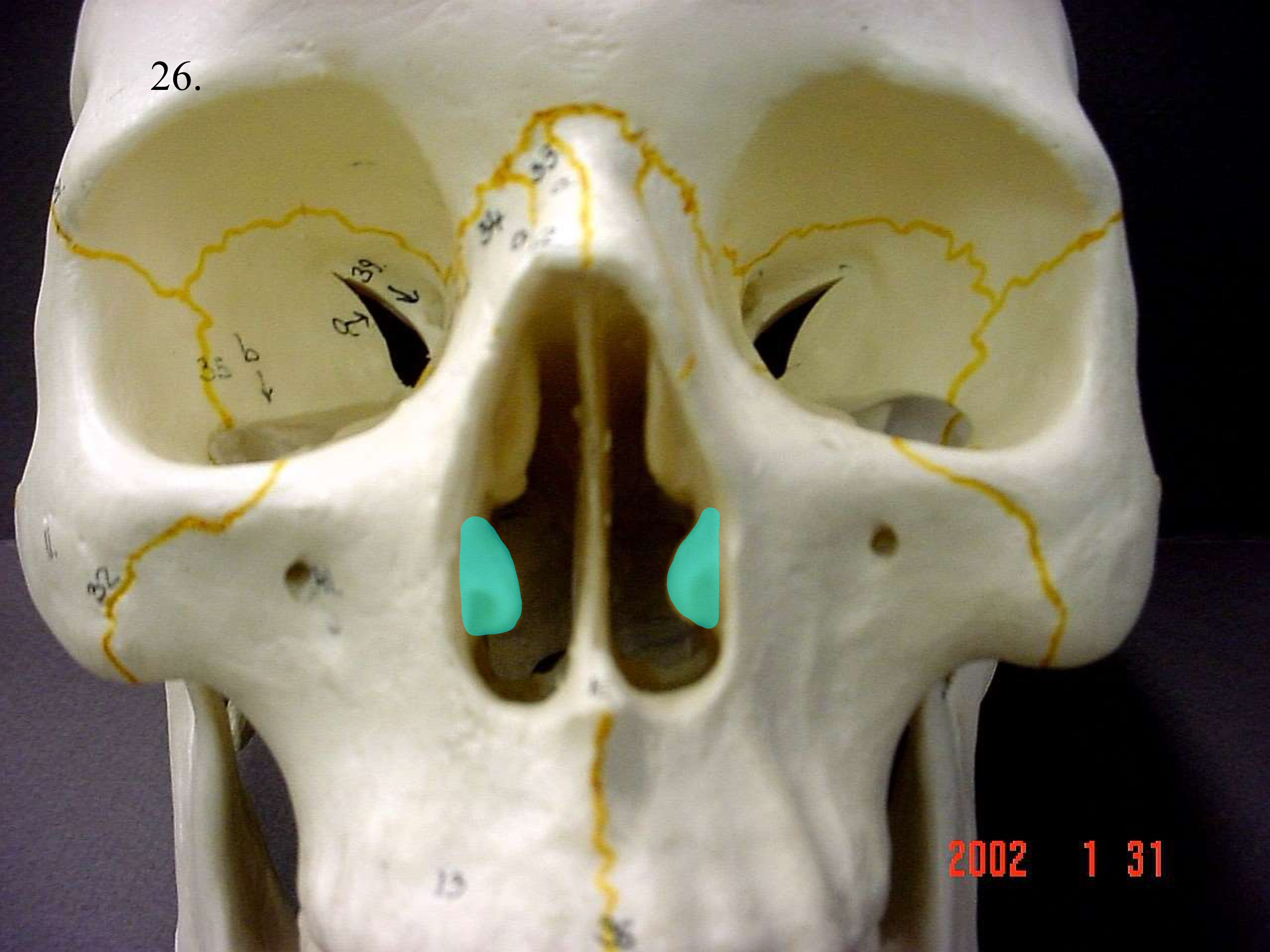
hyoid
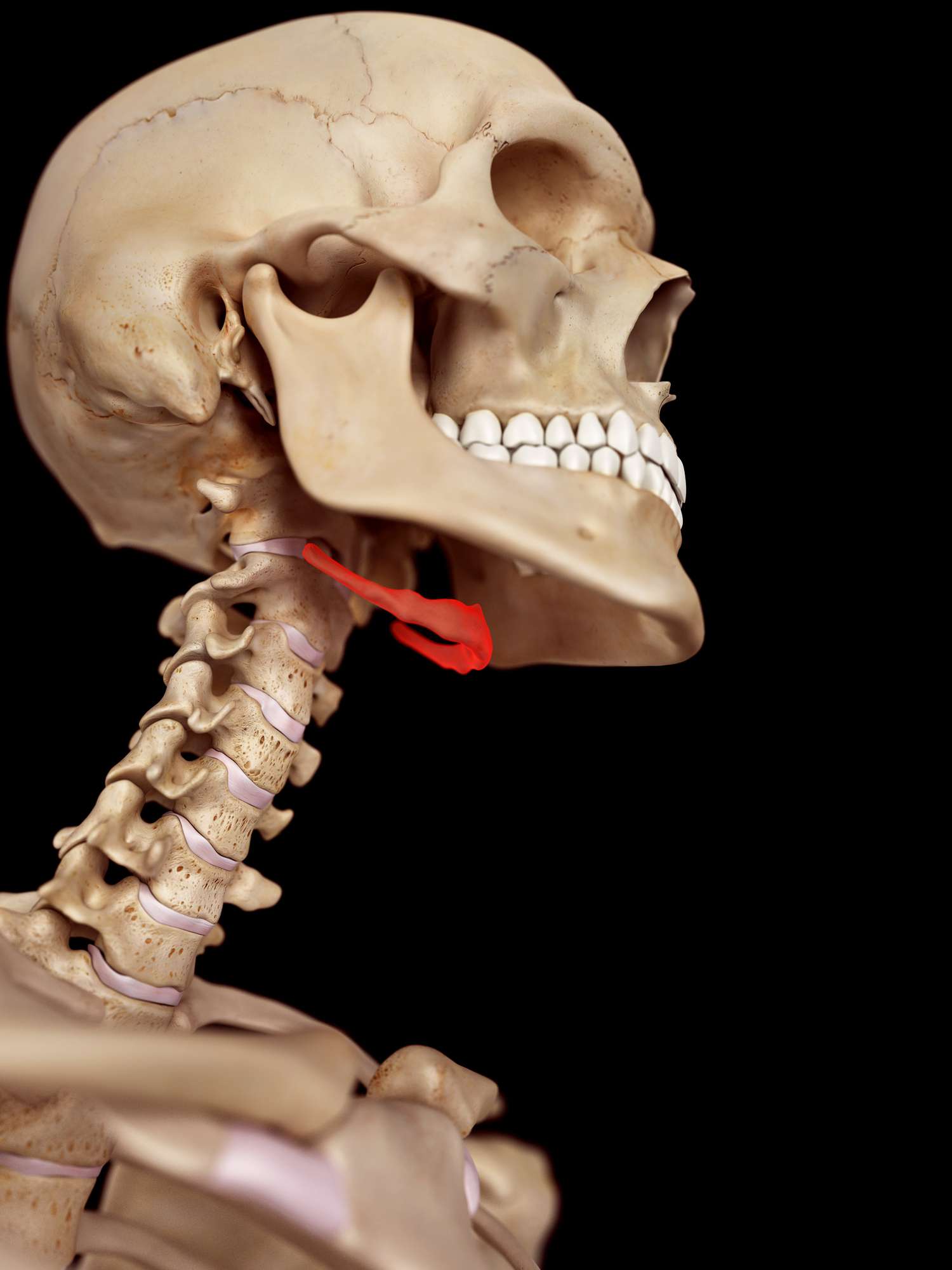
temporomandibular joint
temporal bone and mandible joint
cerebrum
gyri, sulci, cortex, white matter tracts, corpus callosum, and fornix
cerebrum
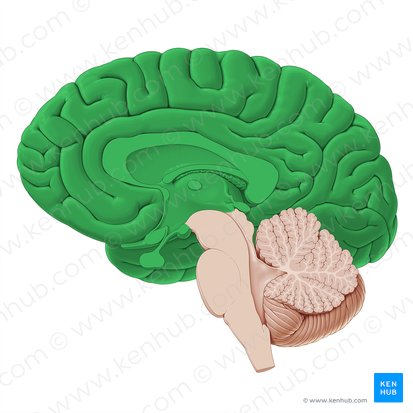
gyri
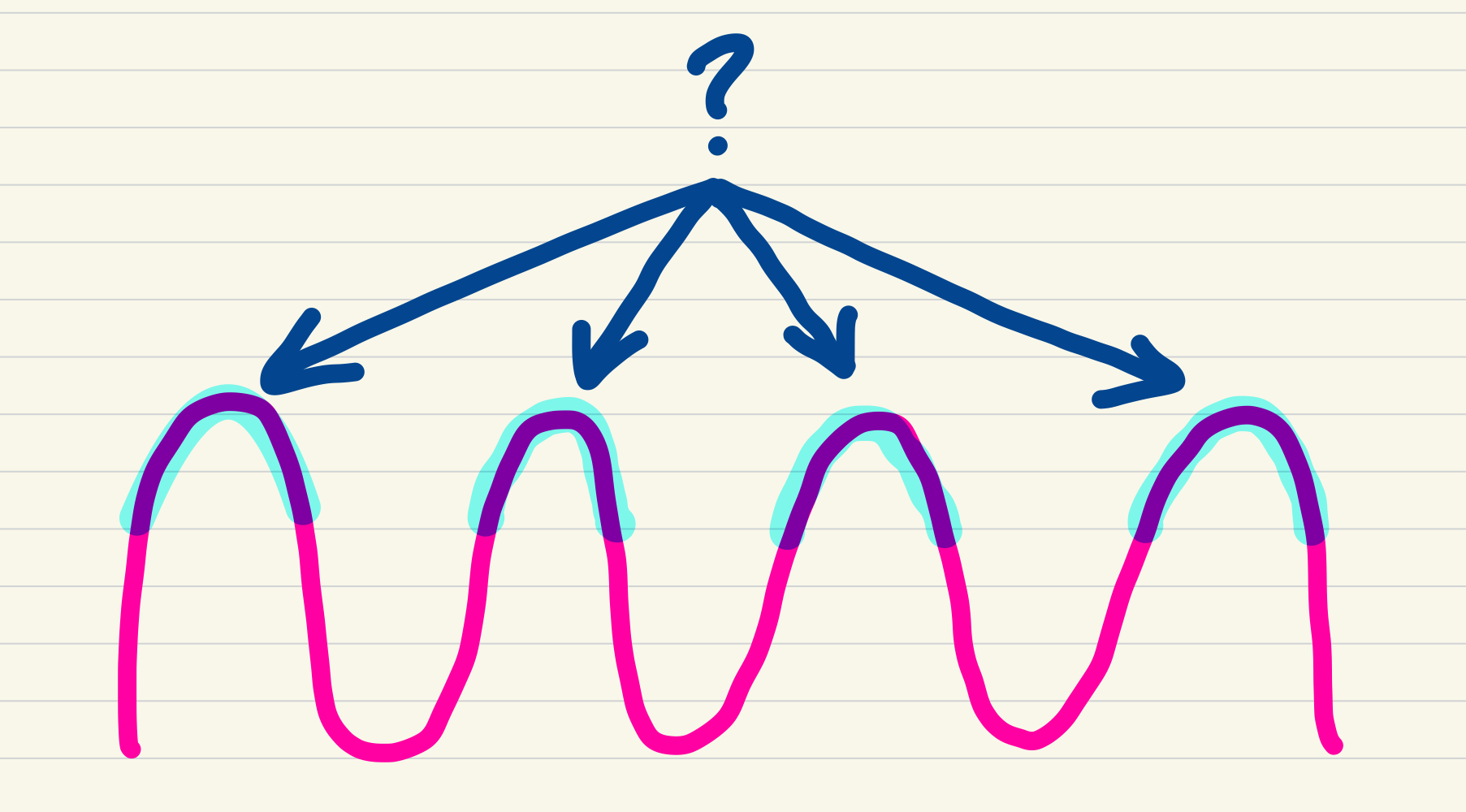
sulci
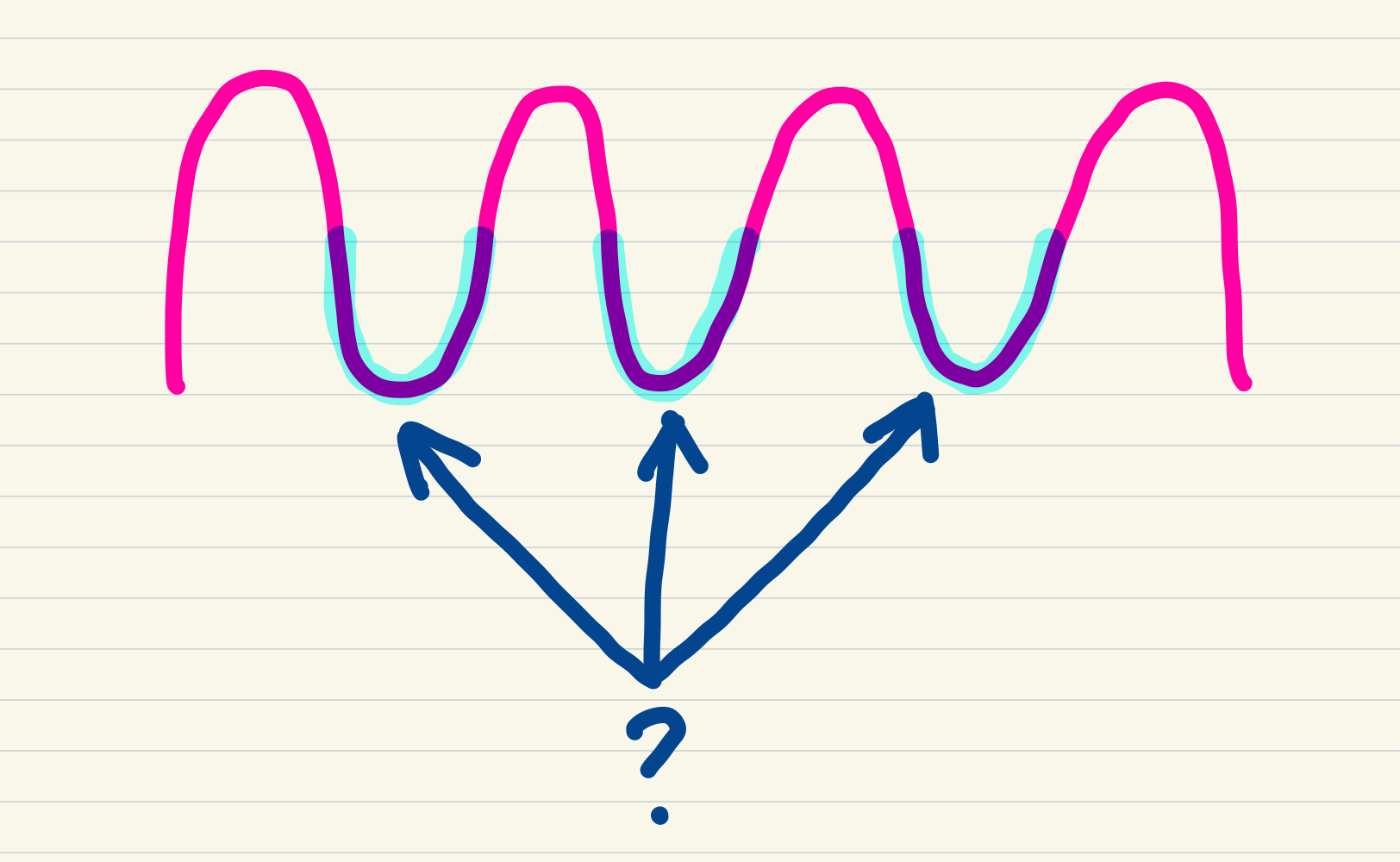
cortex function
superficial gray matter
white matter tracts
corpus callosum and fornix
corpus callosum
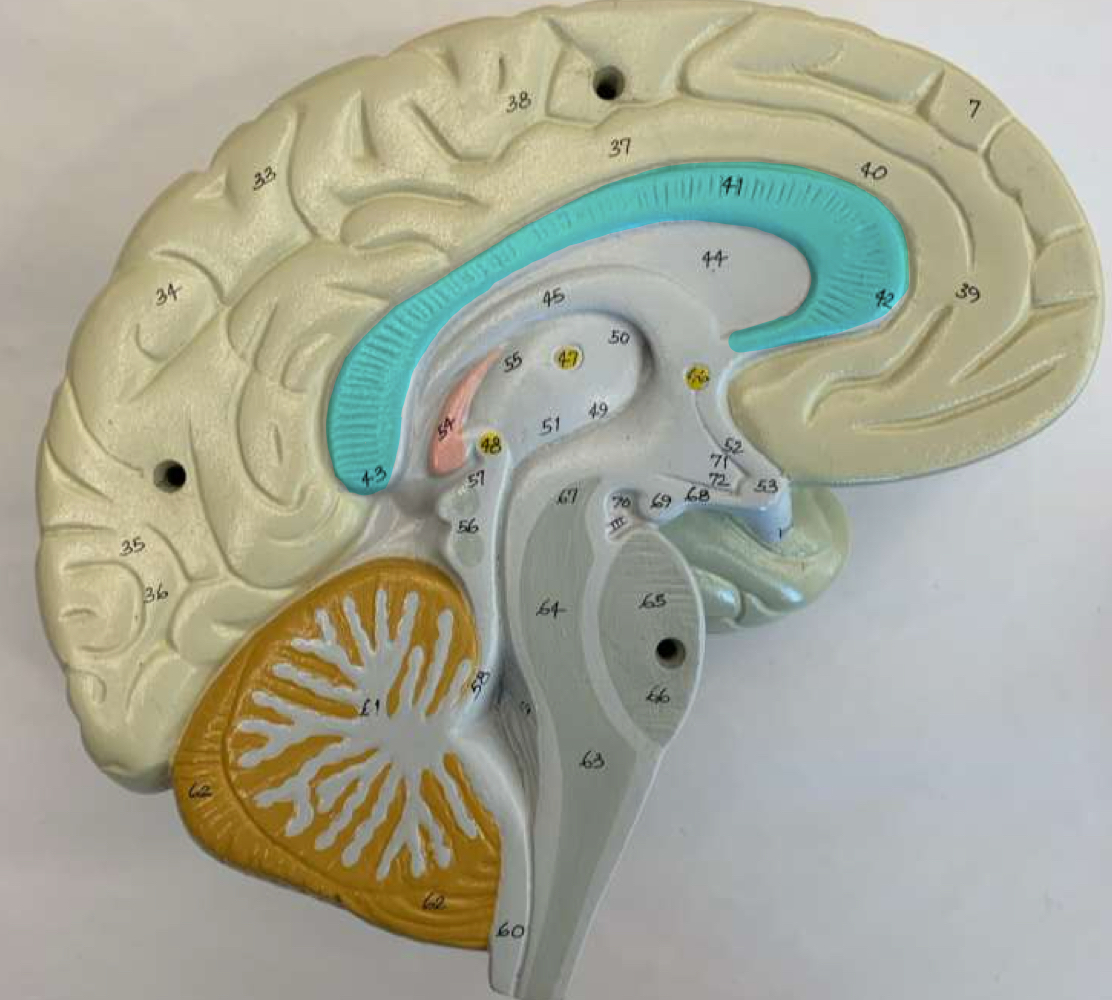
fornix
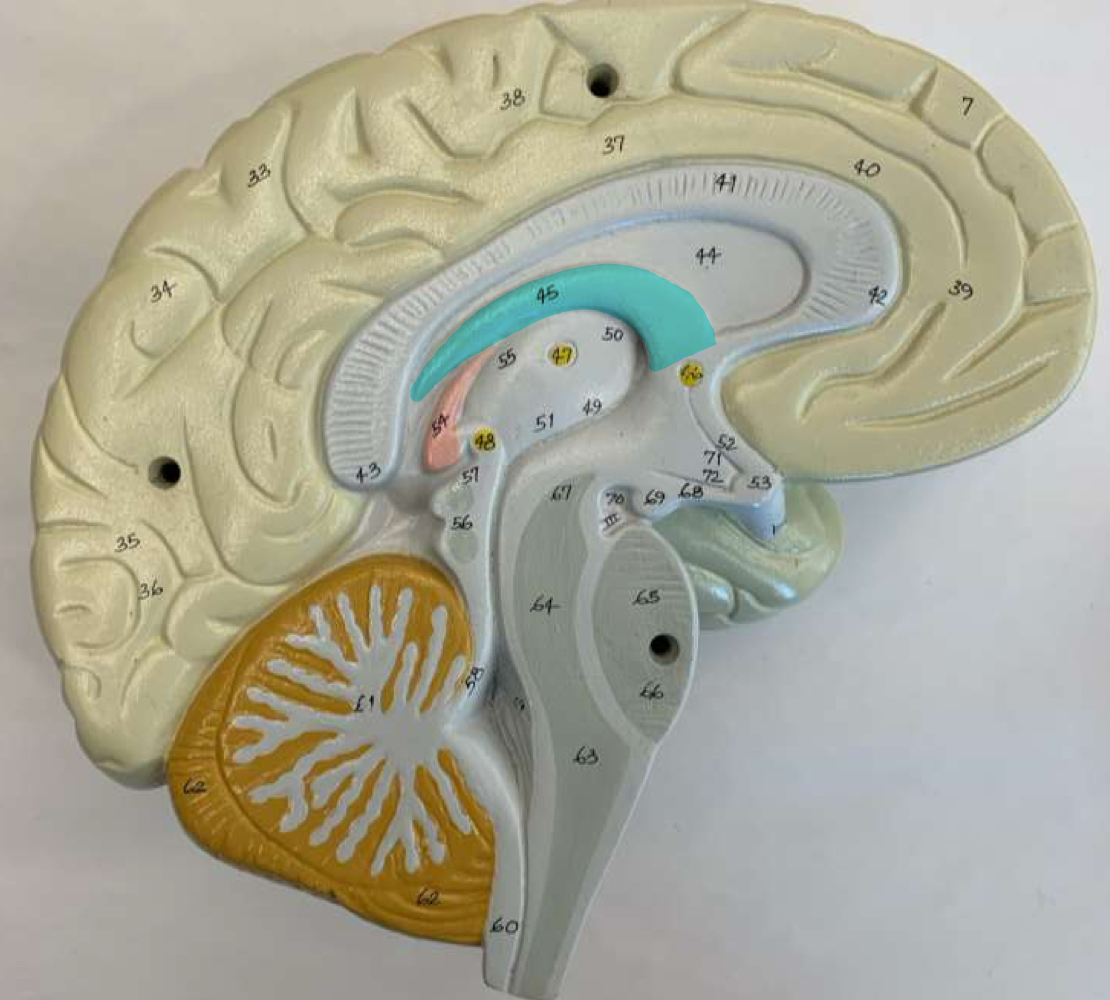
gyri function
ridge of the cortex
sulci function
depression of the cortex
corpus callosum function
connects right and left hemispheres
fornix function
white matter tract from the hippocampus, which is important in memory formation
thalamus, hypothalamus, and epithalamus
diencephalon region parts
diencephalon
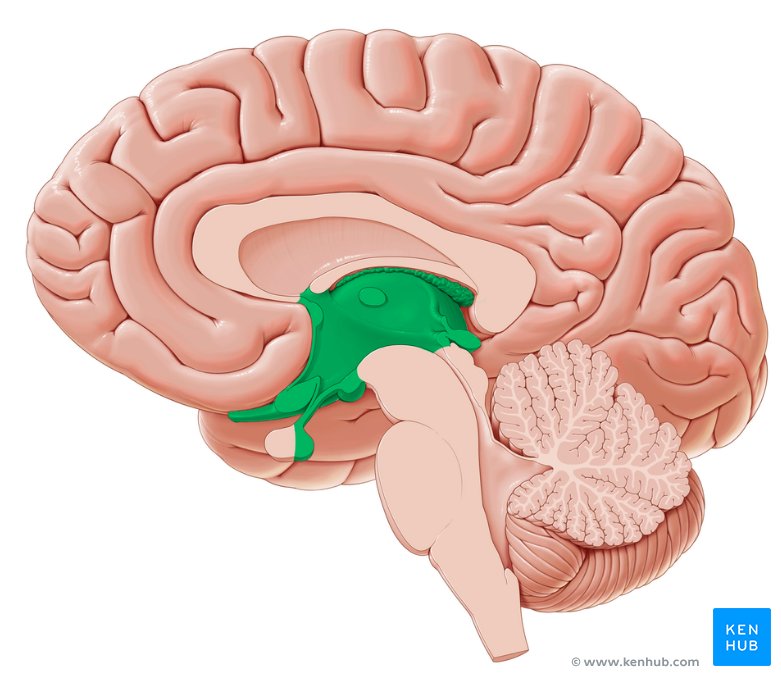
thalamus function
processes incoming sensory information and directs it to the appropriate area of the cerebrum
hypothalamus function
hormone and autonomic control center of the brain
epithalamus function
contains the pineal gland
thalamus
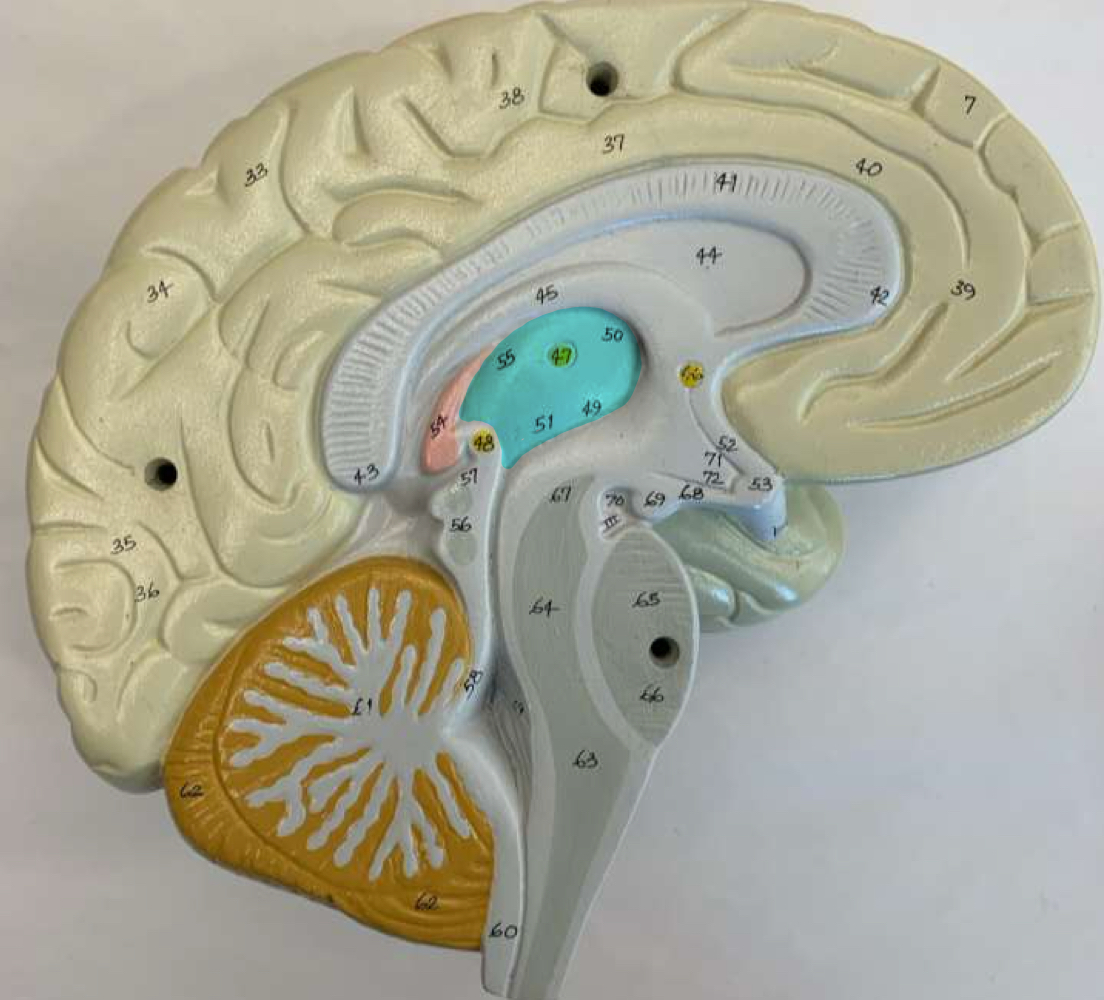
hypothalamus
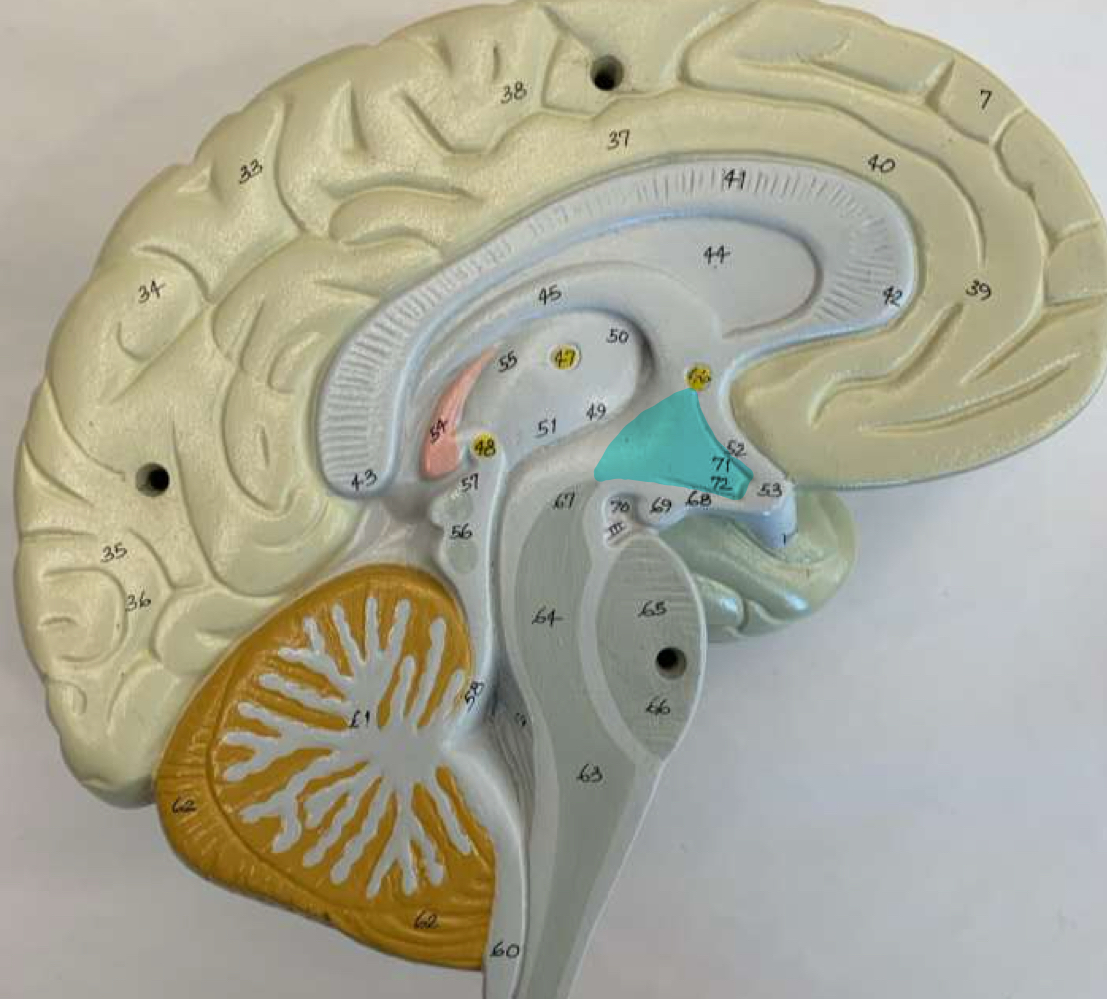
epithalamus
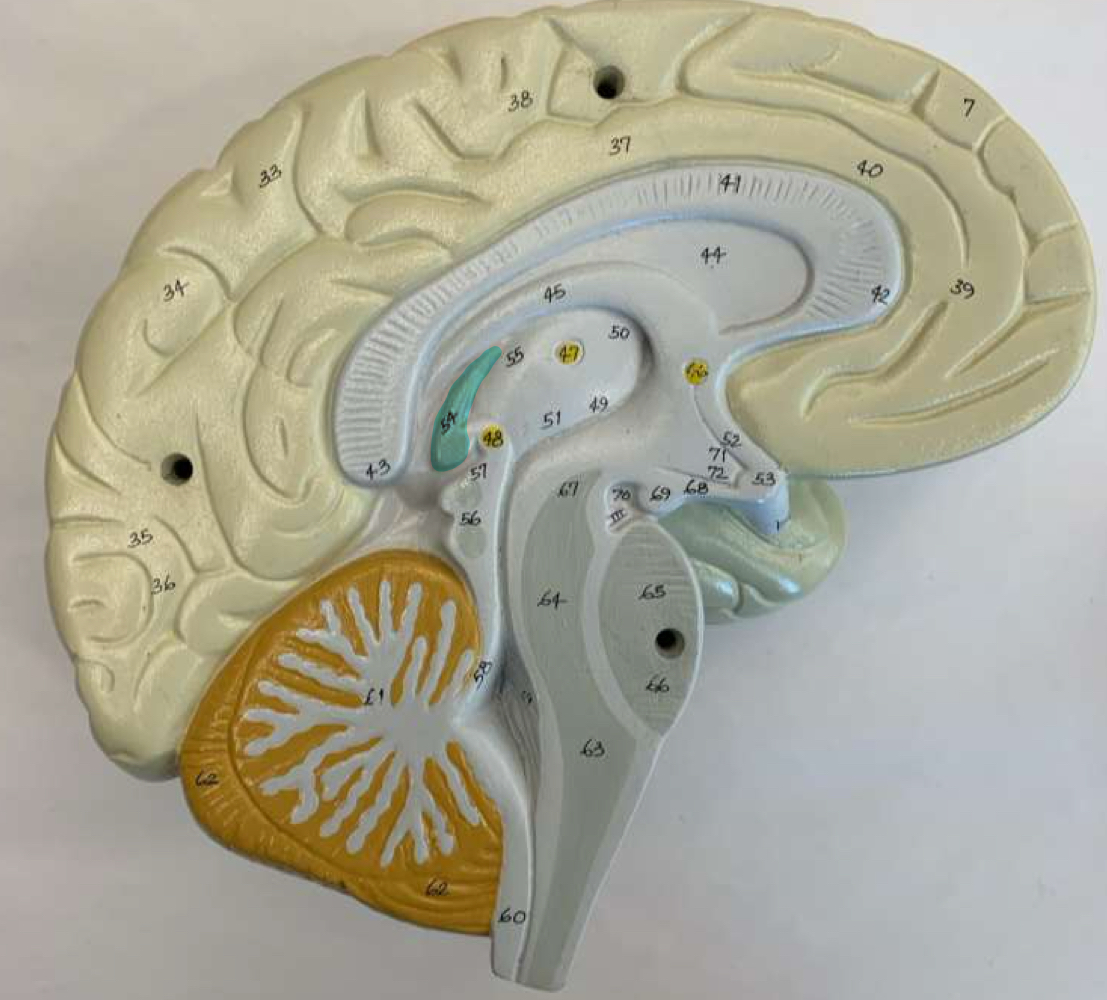
corpora quadrigemina
midbrain region
superior colliculus and inferior colliculus
corpora quadrigemina
corpora quadrigemina
latin for “quadruplet bodies”
superior colliculus function
processes visual reflexes
inferior colliculus function
auditory reflexes
superior colliculus
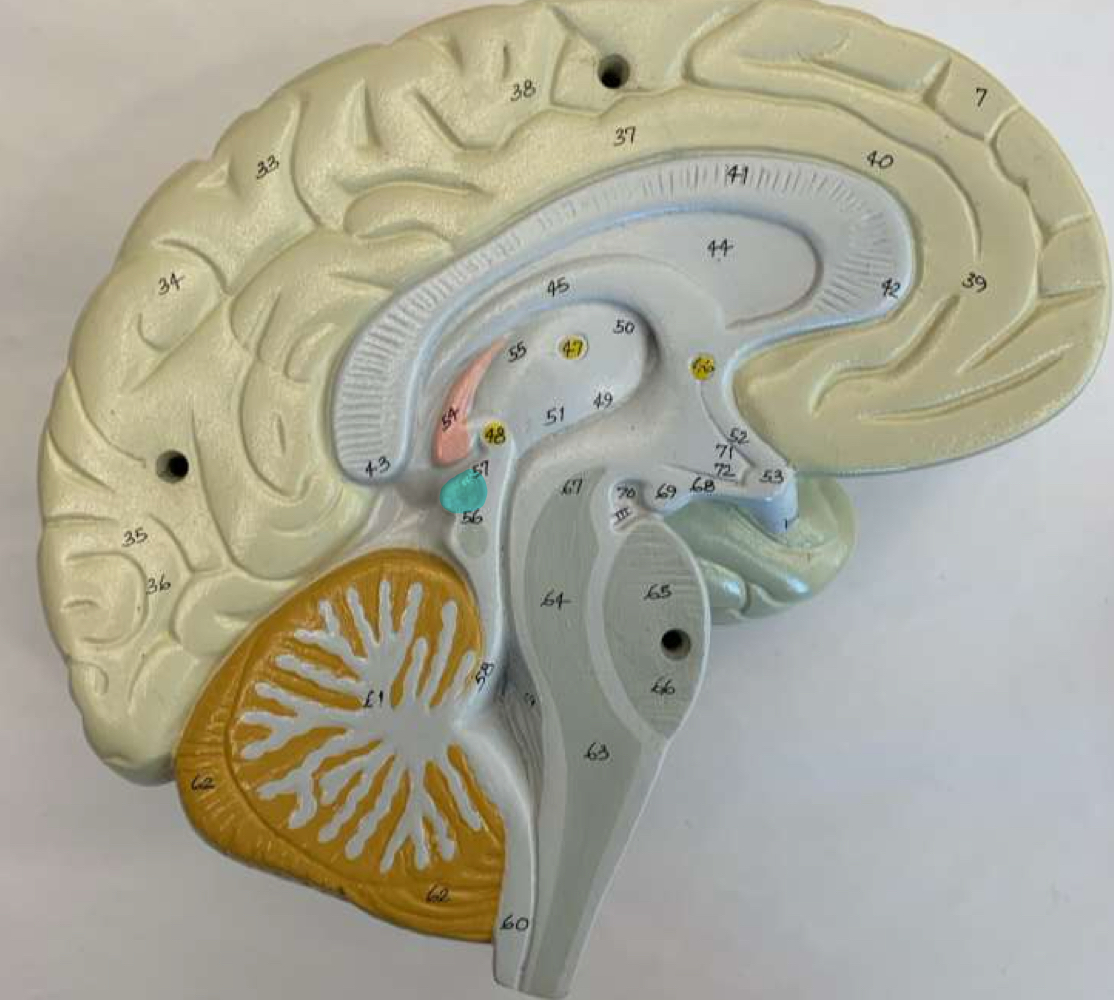
inferior colliculus

pons function
relay center between the forebrain and cerebellum; also helps regulate sleep
pons
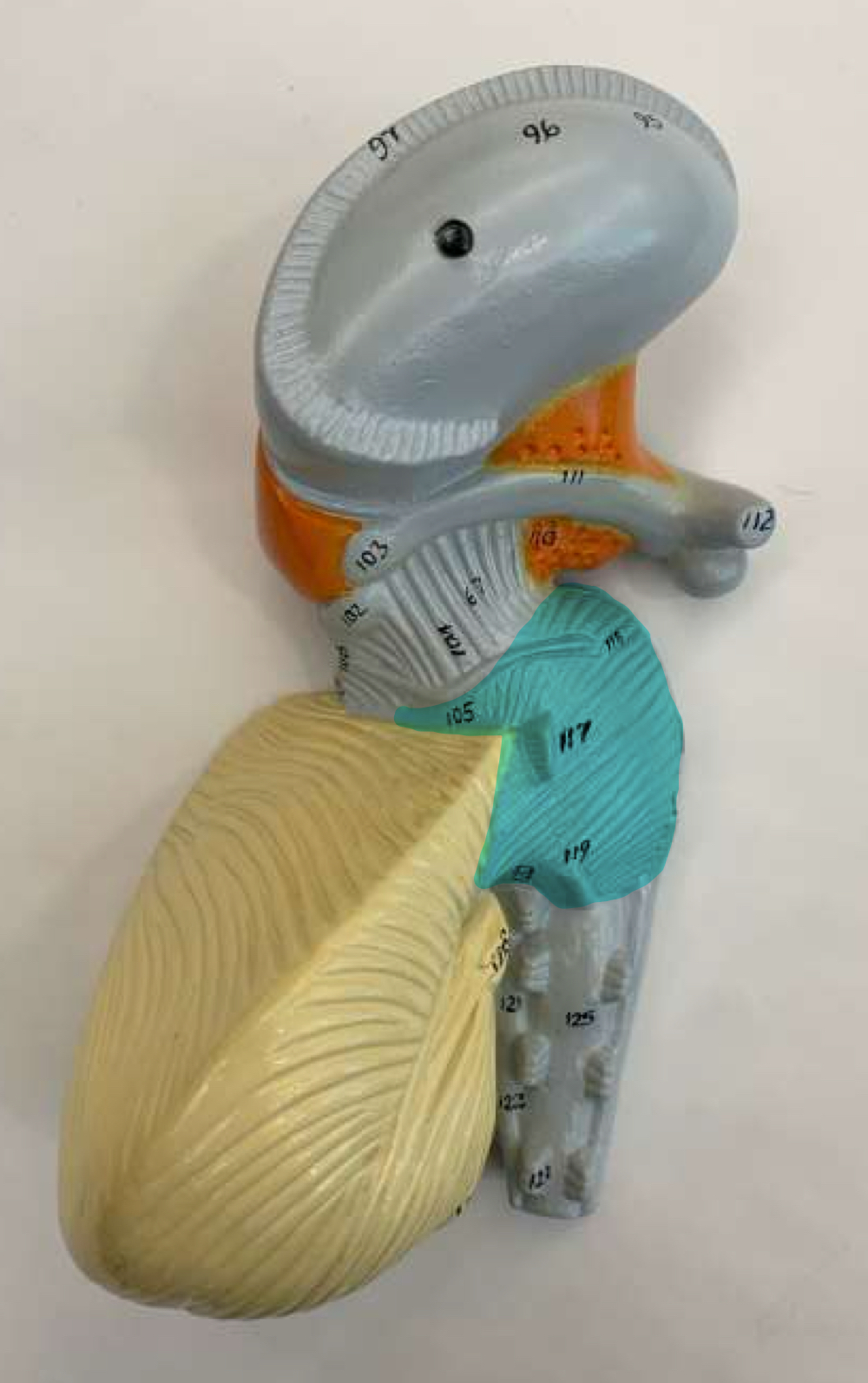
cerebellum function
motor learning, balance, equilibrium
arbor vitae
cerebellum region
arbor vitae function
visual description of how the white and gray matter are arranged in the cerebellum (tree of life)
cerebellum
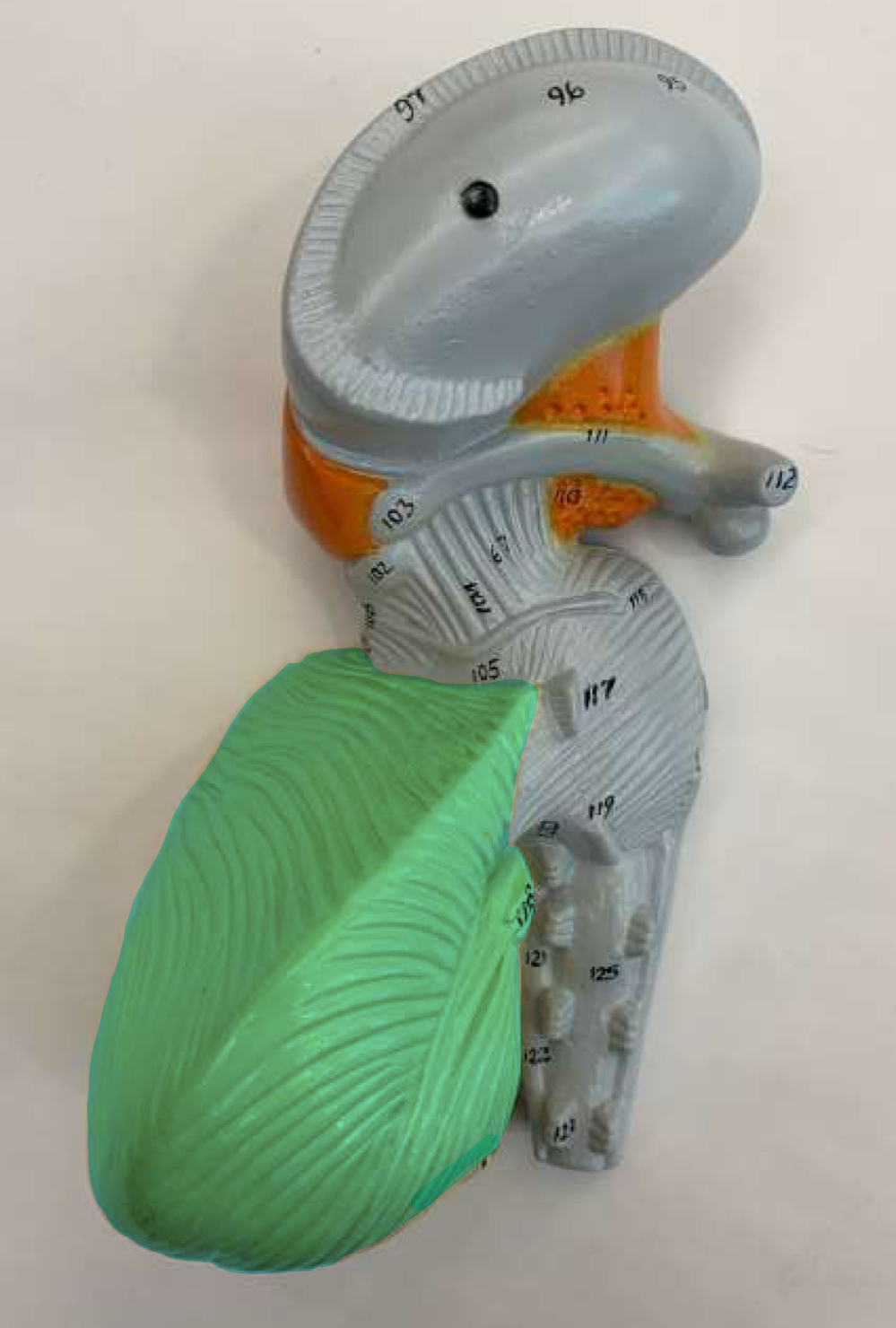
arbor vitae
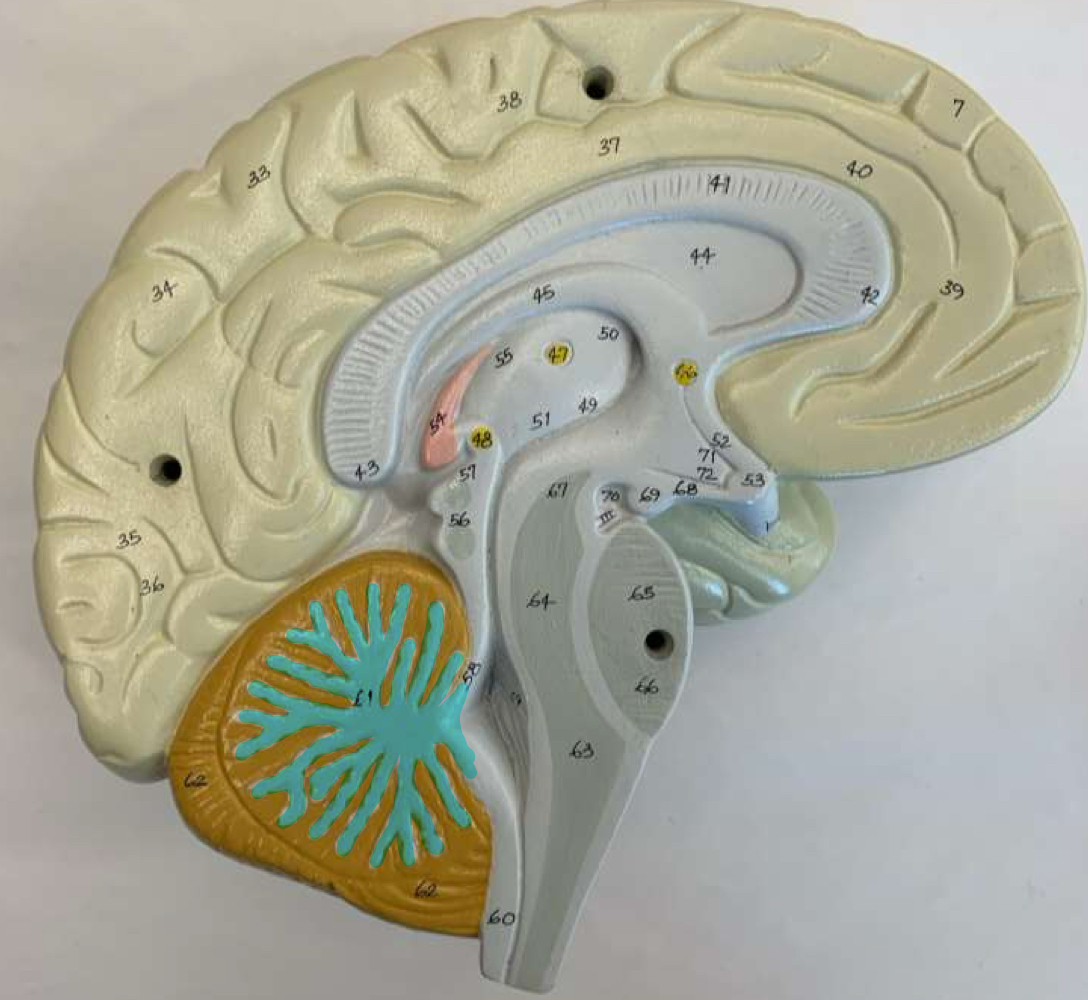
medulla oblongata function
regulates several ANS functions: respiration, cardiac function, vasodilation, and reflexes like vomiting and swallowing
medulla oblongata
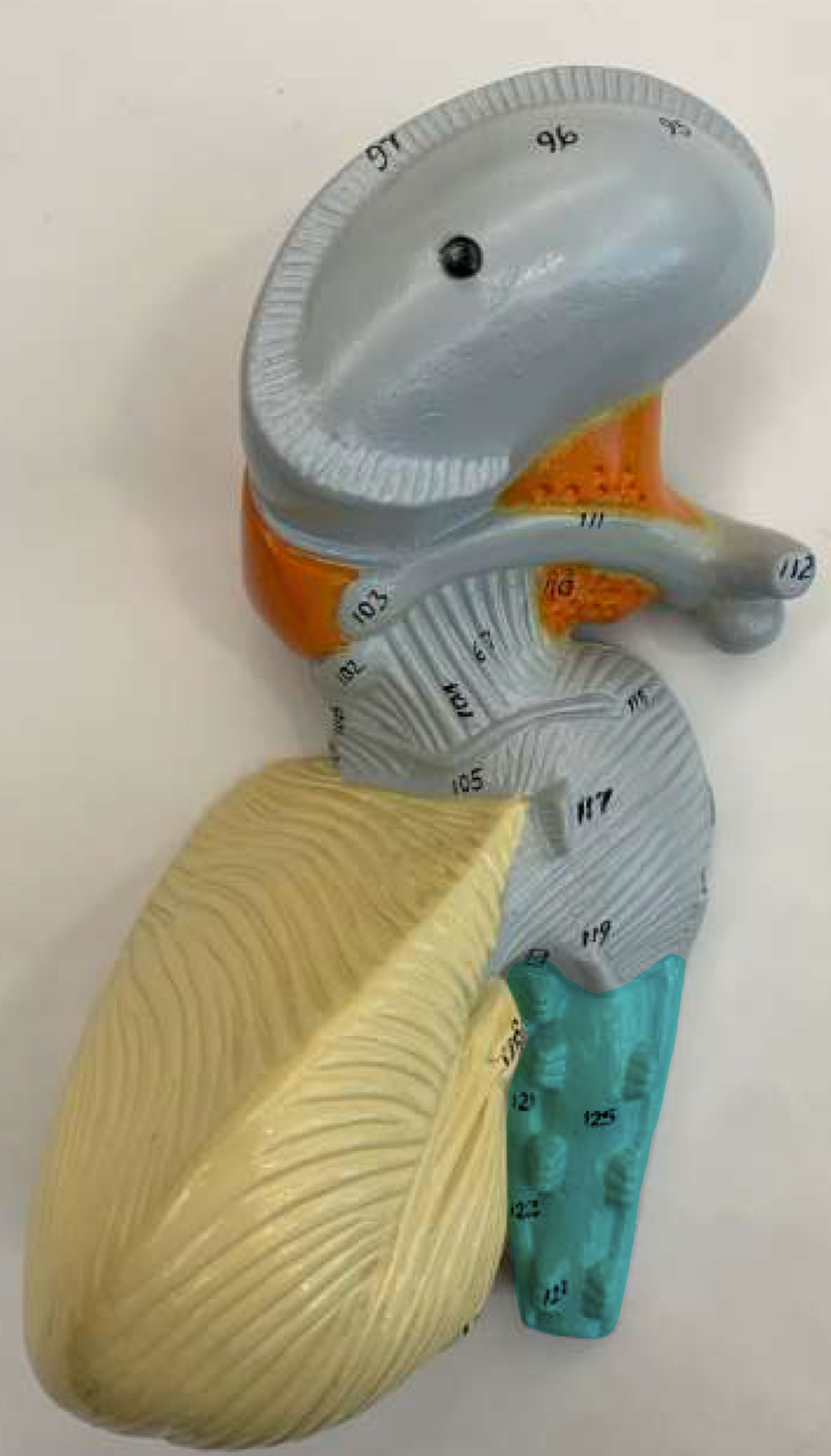
pituitary gland function
secretes hormones that affect the entire body
ventricles functions
spaces within brain that contain CSF
pituitary gland
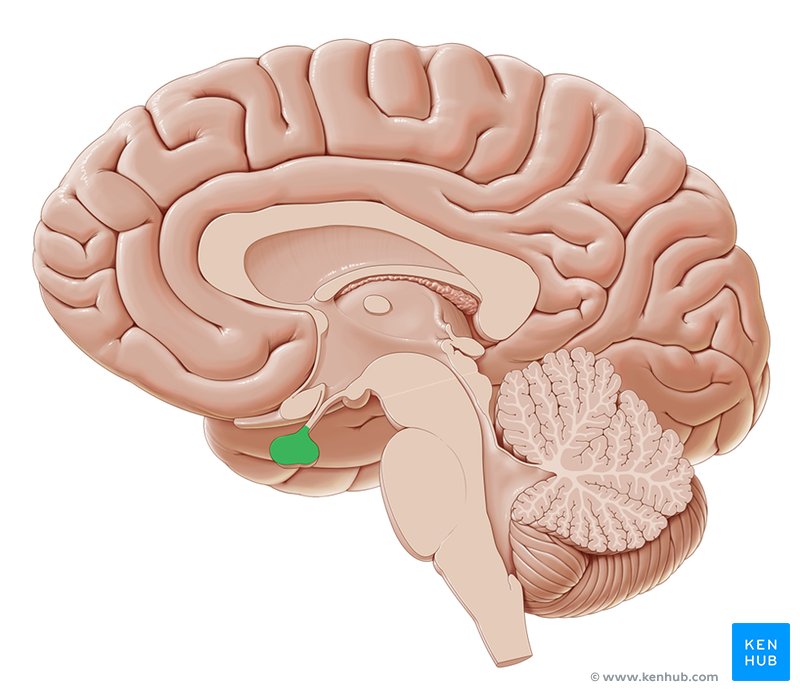
ventricles

frontal lobes, parietal lobes, occipital lobes, temporal lobes
cerebrum lobes
prefrontal cortex
frontal lobe feature
frontal lobes function
executive function, attention, primary motor cortex, language
pre-frontal cortex function
in frontal lobe, executive function
parietal lobe function
integrating sensory information of touch, pressure, taste, pain
occipital lobe function
contains the primary visual cortex that processes visual information
temporal lobe function
processes sensory information for hearing, memory formation
frontal lobe
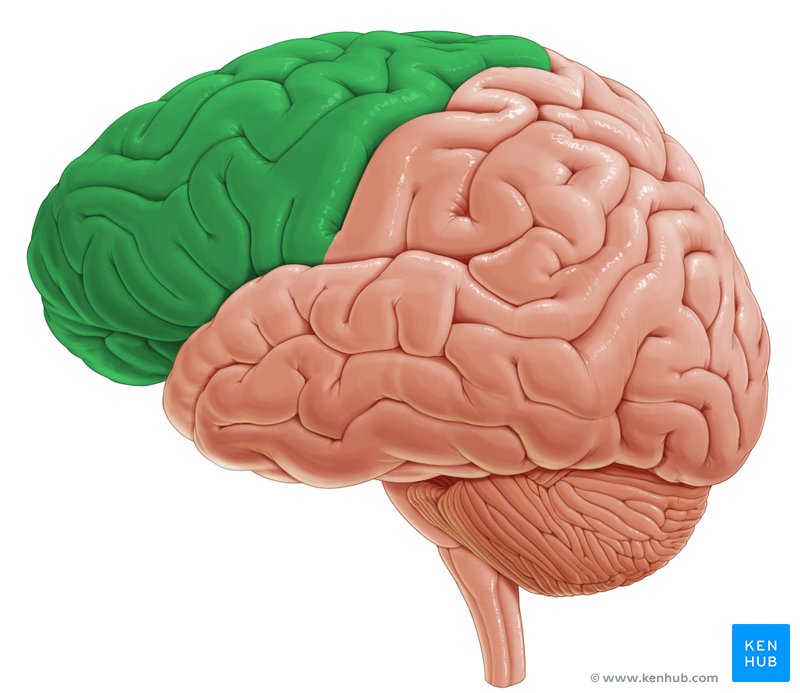
parietal lobe
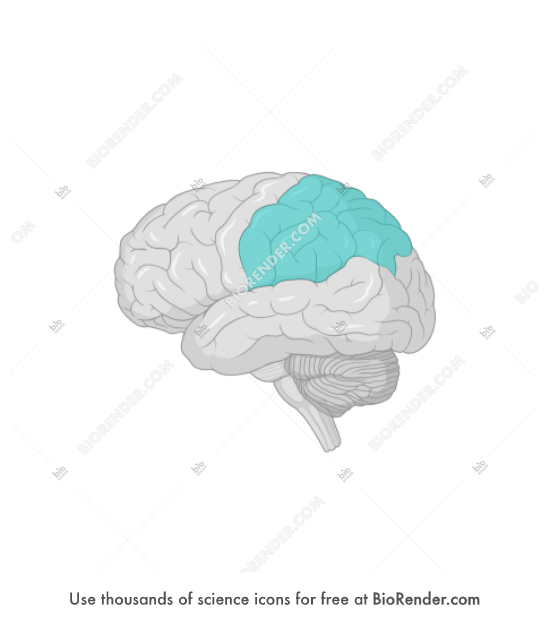
occipital lobe
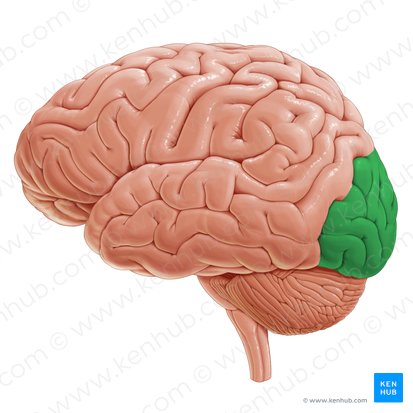
temporal lobe
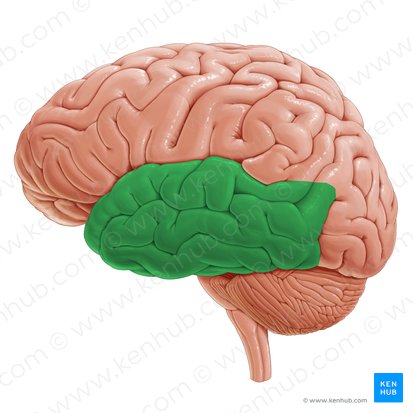
pre-frontal cortex

pre-central gyrus and post-central gyrus
gyri features
gyri function
ridge of the cortex
primary motor cortex
pre-central gyrus location
primary somatosensory cortex
post-central gyrus location
longitudinal fissure, central sulcus, lateral sulcus, parieto-occipital sulcus, and transverse fissure
sulci features
sulci function
depression of the cortex
longitudinal fissure function
separates the right and left hemispheres
central sulcus function
separates the frontal lobes from the parietal lobes
lateral sulcus function
separates the temporal, frontal, and parietal lobes
parieto-occipital sulcus function
separates the parietal lobes from the occipital lobes
transverse fissure function
separates the cerebrum and cerebellum
longitudinal fissure
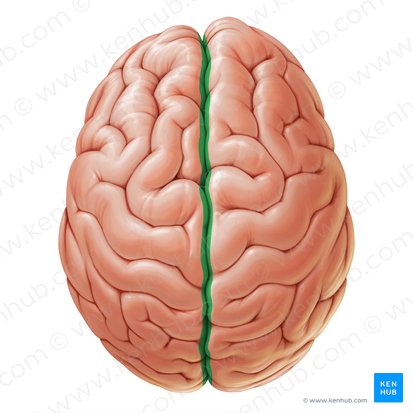
central sulcus
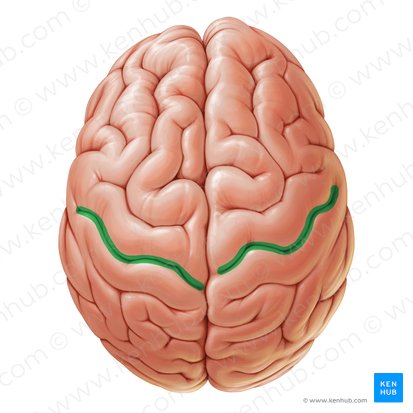
parieto-occipital sulcus
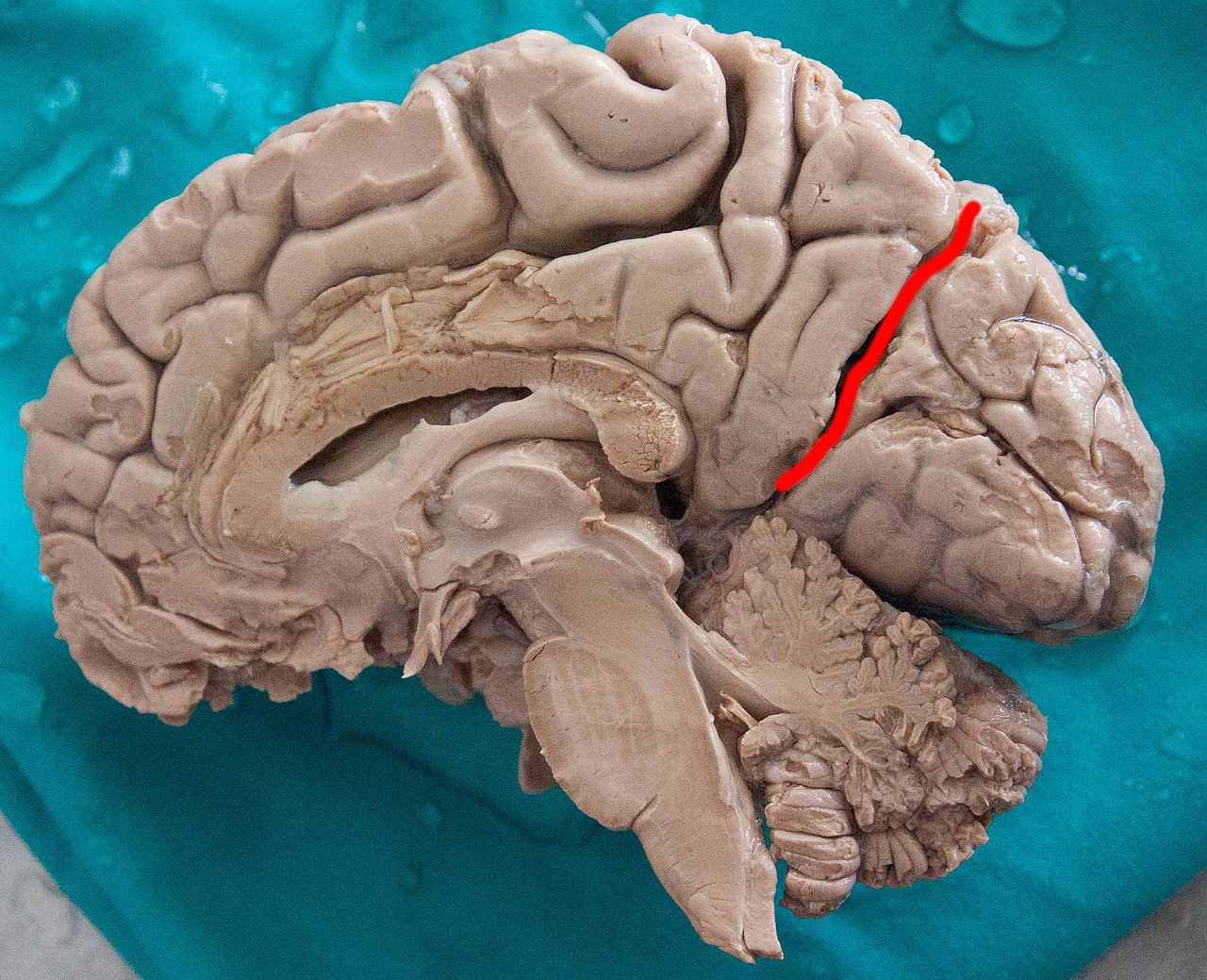
cervical enlargement function
for motor/sensory neural connections to/from the upper extremity
lumbar enlargement
for motor/sensory neural connections to/from the lower extremity